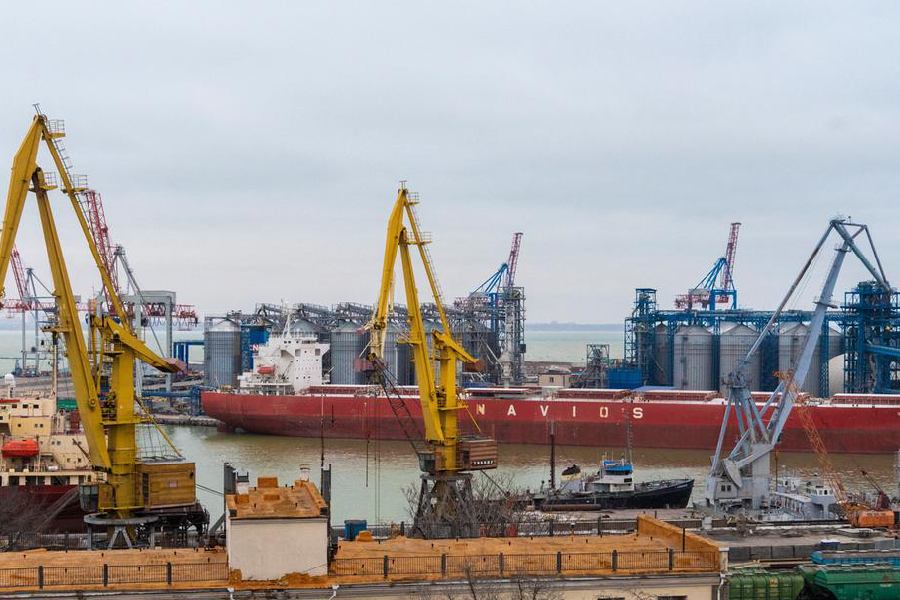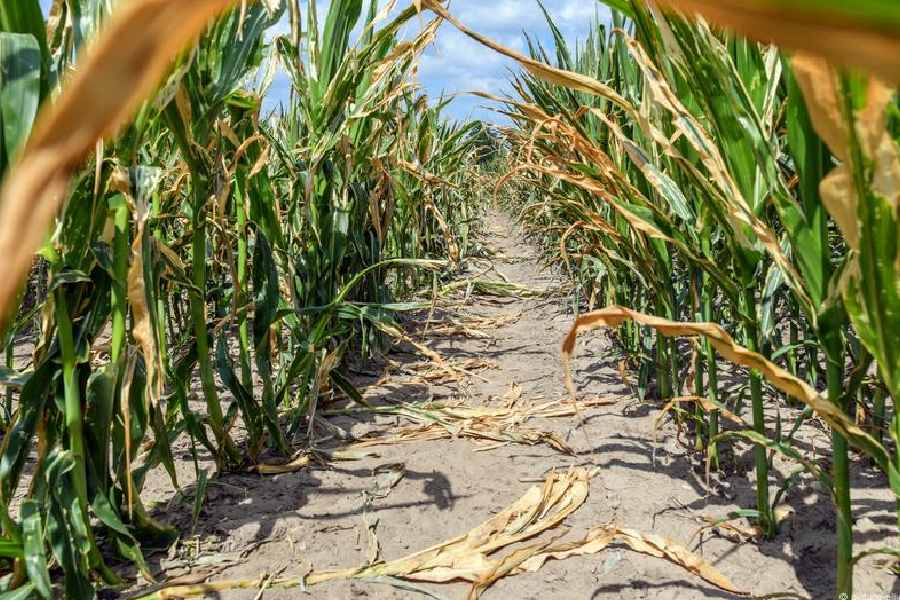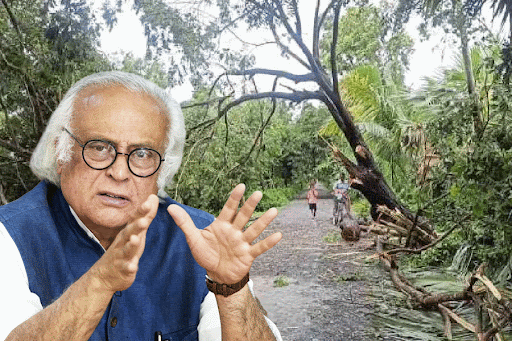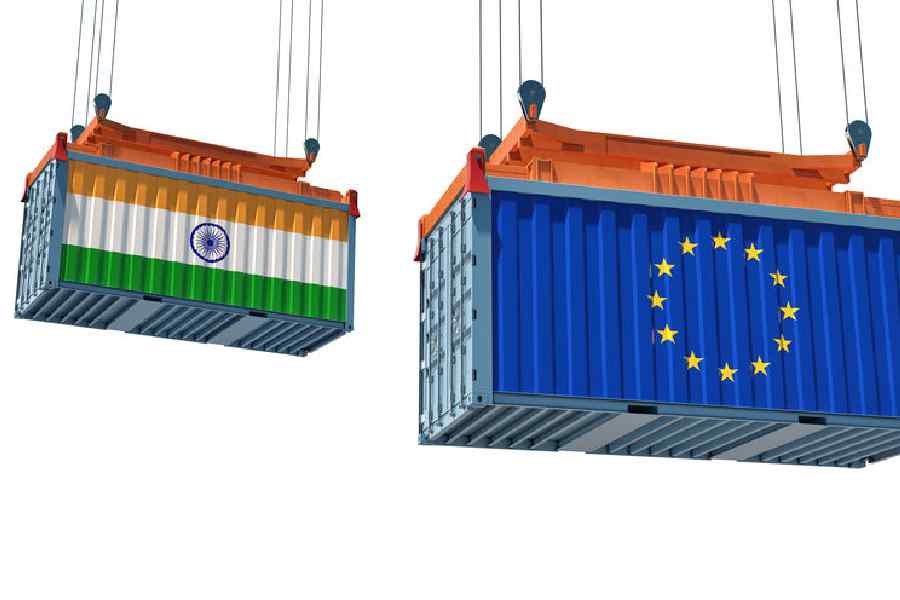The summer of 2024 has been particularly hot and dry in Eastern Europe.
In Ukraine, one of the world's key corn exporters, temperatures soared above 38 degrees Celsius (100 degrees Fahrenheit) in July, which is unusual for the region.
Neighboring Romania, meanwhile, has been stricken by a drought for several months now which has prevented insects from pollinating the corn plants in one of the main corn-supplying countries of the European Union. A phenomenon that Ukraine has also experienced, says Tetiana Adamenko from the agricultural department at the Ukrainian Hydrometeorological Center.
"Ten days in July we observed temperatures above 35 degrees. No bees pollinate at these temperatures," she told news agency Bloomberg earlier this month, adding that preliminary estimates see the Ukrainian corn harvest "20 to 30% lower than expected."
Romanian Agriculture Minister Florin Barbu told the state-run news agency AGERPRES that he's planning to ask the EU for financial support to the tune of more than €500 million ($546 million) to offset Romanian farmers' losses due to crop damage on over 2 million hectares (4.9 million acres) of corn and sunflower.
Commodity traders remain calm
Germany is less affected by the crop failures in Eastern Europe as it imports its grain mainly from neighbouring EU countries. Ukraine, as the only Eastern European and non-EU country, ranks fourth on this list.
Nevertheless, some EU member states already feel the tightening corn supply from the East, says Steffen Bach, a market analyst at Kaack Terminhandel, a financial services institution in Cloppenburg, Germany.
"Spain, which traditionally buys large quantities from the Black Sea, is particularly affected," he told DW, which is why the EU as a whole "will need to import more corn" from elsewhere.
But Bach sees no immediate supply problems looming because at the moment "global corn supply is very large" on the Chicago Board of Trade (CBoT), the oldest futures exchange in the world, where corn prices "have fallen to their lowest level in almost four years and have only slightly recovered since then."
Strategie Grains, a European agency that belongs to the research and analysis office Tallage, also isn't too worried for the time being. Although it expects Romania's 2024/2025 corn harvest to be about a quarter lower, the independent agrobusiness data provider has only slightly downgraded its outlook for the EU in its latest report.
Ukraine war adds to agriculture's woes
Temperatures have already reached record highs in several Ukrainian cities this month, and Bulgaria and Romania both had their hottest June on record. The Romanian government warned last week that temperatures could climb above 40 degrees Celsius, with Energy Minister Sebastian Burduja saying that this endangers not only agriculture but also energy supply.
In a report, Bloomberg quotes a Romanian farmer, Marius Somesan from Teleorman County, as saying that it wasn't only the rainfall that's missing, "now it's the water reserve of the soil," that is drying up. "All the water was taken by the plants already," he said, even as deep as "a meter into the earth."
Compounding Eastern European farmers problems is the Ukraine war that has made their grain and corn exports on maritime Black Sea routes more difficult.
Market analyst Steffen Bach says that diplomatic efforts have led to the introduction of a shipping corridor on the waterway that he says is largely safe. "For almost a year, the shipping corridor has been functioning without major problems. Mines remain a risk that shipping companies have to accept."
What's more significant, however, is "higher freight costs and insurance premiums" for farmers in the region. The costs would reflect that "market participants have adapted to the situation and assume that Ukrainian exports via the deep-water ports on the Black Sea will continue without major restrictions."

Ukraine exported one million tons of agricultural products via the grain corridor in 2023, with Odesa being the main outlet Deutsche Welle
All good for global food supply?
Even though global food prices have remained calm in the face of the heat wave in Eastern Europe, some uncertainties remain in the markets, keeping traders wary: Transit via two of the world's most important shipping routes is still largely impaired.
While low water in the Panama Canal has been hampering the passage of larger ships for quite some time now, the Suez Canal has become the target of attacks by the Houthi rebels in Yemen following the outbreak of the Gaza war.
Kaack analyst Bach is already seeing a shift in the global food-supply chain.
"The international agricultural trade has responded to the feared losses and bought significantly more corn in the United States. In the first six weeks of this year, more than 270,000 tons of corn have already been delivered to the EU from the US, more than twice as much as in the entire 2023/24 season."
For the EU and especially Germany, this would mean two things: "Farmers producing corn can expect rising prices, while livestock farmers must anticipate higher feed prices," because corn prices would definitely rise, he said.
"Significant price jumps," like during the global food crisis a few years ago, "are not expected."










